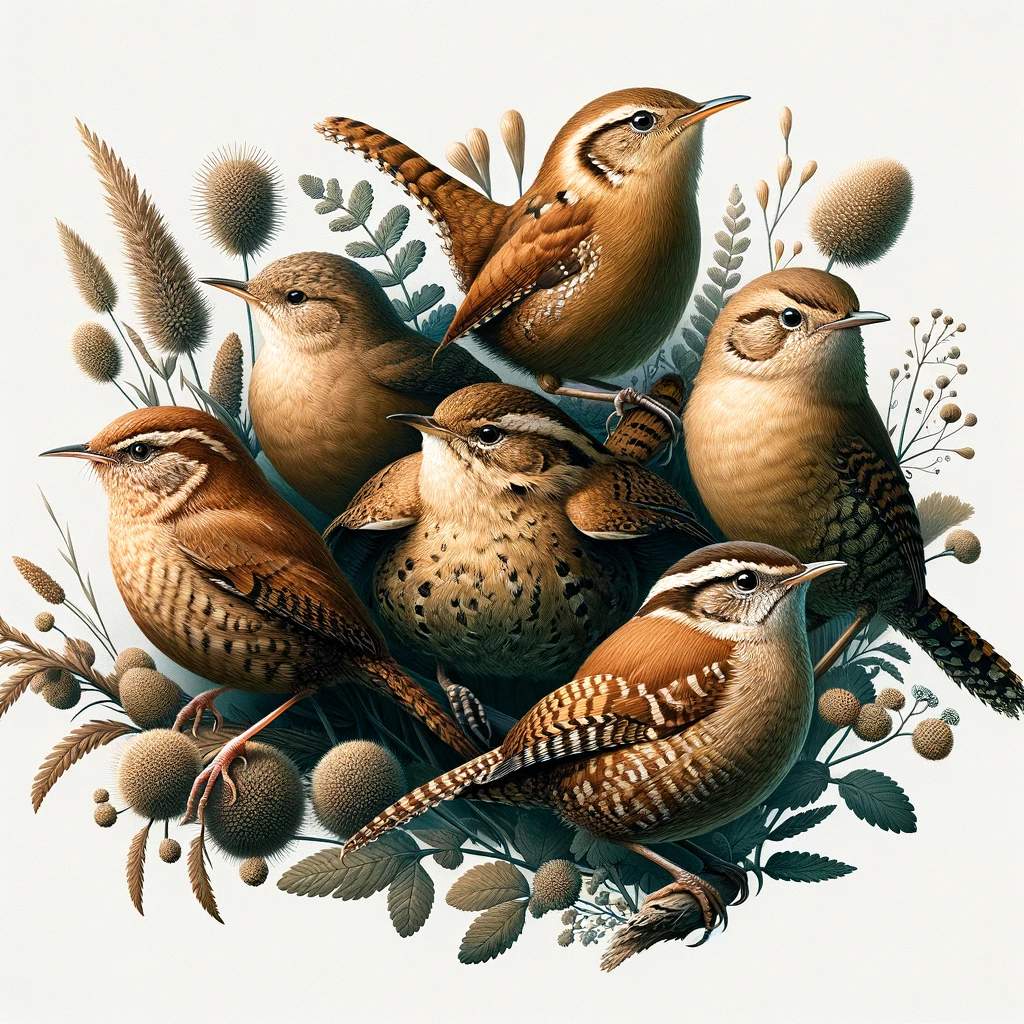
Nestled in the heart of the Himalayas, Nepal is a haven for bird lovers and enthusiasts. This diverse and breathtaking country is home to numerous bird species, including the intriguing Troglodytidae family. Commonly referred to as wrens, these small yet captivating birds captivate ornithologists and nature lovers alike. Let us delve into the unique world of Troglodytidae birds in Nepal, exploring their fascinating features and how to spot them on your next adventure.
A Closer Look at Troglodytidae
The Troglodytidae bird family comprises around 80 species of wrens, most of which inhabit North and South America. However, several species call the verdant landscapes of Nepal home. These small, insectivorous birds are primarily known for their distinct musical songs and active behaviors. Their stout bodies often sport brown plumage with subtle patterns, allowing them to camouflage seamlessly within their surroundings.
Where to Find Wrens in Nepal
Venturing into Nepal's diverse ecosystems provides ample opportunities for birdwatching enthusiasts to observe wrens thriving in their natural habitat. From dense forests to lush wetlands and even high-altitude grasslands, these adaptable creatures occupy a wide range of habitats.
Some notable locations known for harboring a variety of wren species include Shivapuri Nagarjun National Park and Koshi Tappu Wildlife Reserve. In higher altitudes, Langtang National Park also offers promising chances for catching a glimpse of these elusive birds amongst other captivating Himalayan wildlife.
Birdwatching Tips for Finding Wrens
When exploring the picturesque landscapes of Nepal in search of Troglodytidae, it is crucial to adopt specific birdwatching tips designed to maximize your chances of success. To make your journey more fruitful, consider the following suggestions:
Listen for their songs: Wrens are known for producing rich, melodious tunes, so make a point to familiarize yourself with their unique songs to help you recognize their presence.
Look for movement: As active birds, wrens often flit between branches and shrubs in search of insects. Keep an eye out for any sudden movement that might indicate a wren's presence.
Check nesting sites: During the breeding season, wrens build intricate nests composed of twigs and leaves in tree cavities or dense vegetation. By locating these nests, you increase your chances of spotting these fascinating birds.
Protecting the Troglodytidae Bird Family: A Call to Action
As Nepal continues to face environmental challenges such as deforestation and habitat loss, it is essential to raise awareness about the importance of preserving the Troglodytidae bird family and their ecosystems. By promoting ethical birdwatching practices and supporting local conservation efforts, we can contribute to securing a future where future generations can marvel at these charming creatures.
Embarking on a journey through Nepal's awe-inspiring landscapes offers a rare opportunity to encounter the wonders of the Troglodytidae bird family in their natural habitat. Equip yourself with knowledge and eco-conscious practices, and you too can join the ranks of those entranced by nature's most enchanting melodies.
